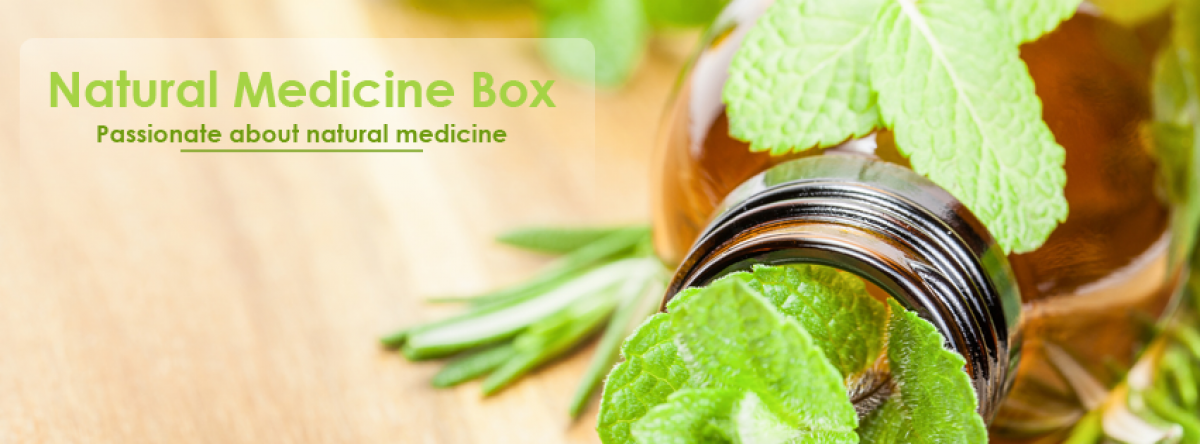Korean Kimchi Cooking Tips
- Use only fresh and organic vegetables from your local farmer.
- Choose cabbages that are hard, heavy, and have densely packed leaves. The lighter, leafier varieties tend to turn into mush that doesn’t ferment well.
- Peel your vegetables to avoid getting the bitter flavor from the skin.
- Feel free to season your ferment naturally according to your liking with bell pepper, organic Granny Smith apples, or a hot pepper like habanero (make sure you wear gloves!).
- Add sea vegetables or seaweed to increase the mineral, vitamin, and fiber content of your fermented vegetables.
- When adding aromatics, such as onion, garlic, and ginger, remember that fermenting increases the flavor multiple-fold, so a little goes a long way. Don’t overdo it! A few medium-size cloves are enough to infuse a dozen jars or more with a mild garlic flavor.
- Use a starter culture dissolved in celery juice to speed up the fermentation process and to ensure that your ferment gets packed with essential probiotics.
- Make sure the veggies are completely covered with brine and that the brine is all the way to the top of the jar to eliminate trapped air.
- Put the lids on the jars loosely, as they will expand due to the gases produced in fermentation.
- Don’t eat out of the jar to prevent contaminating the entire batch with bacteria from your mouth. Always use a clean spoon to take out what you’re eating.
What Type of Container Should You Use?
Where you store your kimchi and other fermented vegetables is also important. Ideally, you want to get a container that’s wide enough to fit your hands when you press down the vegetables. Here are some excellent options you can choose from:
- Glass jars or Mason jars
- Ceramic crocks
- Wooden barrels
Stay away from containers made of plastic or metal. Plastic containers have potentially toxic chemicals such as bisphenol-A (BPA) and phthalates, while metals may corrode when they come into contact with salt. Note that even if you don’t add salt, most vegetables have some natural salts in them.
Enjoy!
Source: Dr Mercola


